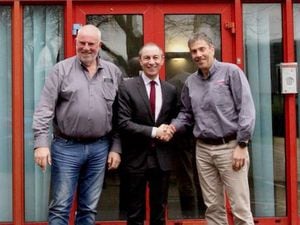Battlefield emerges from under Cannock Chase bushes
It has been buried beneath a century of undergrowth but at last a model of a First World War battlefield on Cannock Chase is beginning to emerge.
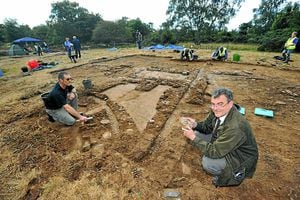
A full-scale archaeological excavation of the area at Brocton, the site of a former wartime training camp, was under way this week as volunteers turned out to help.
Miniature copies, just inches high, of homes, churches and trenches in the Belgian village of Messines, scene of one of the bloodiest battles on the Western Front, have been revealed.
The model shows how even countour lines, detailing where the land rose and dipped, were painstakingly mapped out using pebbles.
Built by German prisoners of war under supervision from New Zealand troops, the Cannock Chase model was intended as both a training aid for soldiers heading to Passchendaele and as a lasting tribute to fallen colleagues.
The week-long Battle of Messines in June 1917, fought around the landmark ridge, resulted in an Allied victory but at the cost of 50,000 men on both sides reported killed, wounded or missing.
Experts believe the reconstruction, the size of a tennis court, helped to save the lives of thousands more men.
Lorry driver Lee Dent and his friend, book distributor Richard Pursehouse, who discovered the location of the model after years of research, have attended the excavation. Mr Dent, aged 47, of Harrison Road, Cannock, watched as volunteers helped to unearth features of the model, working on their hands and knees to remove topsoil.
"The dig has confirmed a lot of what we thought but it has also thrown up a few surprises," he says. "I wasn't expecting the degree of detail – even the doorways to the houses have been cut into the brick.
"This is the culmination of six years' work, and it's frustrating that because of an accident at work I can only sit on the sidelines and watch, but it's good to see the project attracting so much attention."
Jaguar Land Rover are sending five employees each day to help with the excavation. Volunteers are working up to seven hours a day to complete the task. Dig volunteer Ron Jones was assigned one of the top jobs of removing the finer remains of dirt with the aid of a small builder's trowel and paintbrush.
The 54-year-old, of St Matthews Road, Burntwood, who was made redundant from his job as health and safety advisor at Cannock-based Finning UK earlier this year, had always wanted to take part in an archaeological dig.
"I'm also a fan of military history so it was a lot of luck that this Messines excavation was on my doorstep. I was singled out as being methodical and tidy and given the task of the finer clearing of the layout of the village. I've really enjoyed it."
Stephen Dean, Staffordshire County Council's archaeologist, said the authority's involvement will allow the scaled-down town to be studied by future generations.
"Cannock Chase has always been an important place for the modern military," he said.
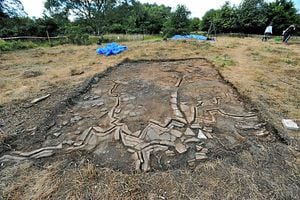
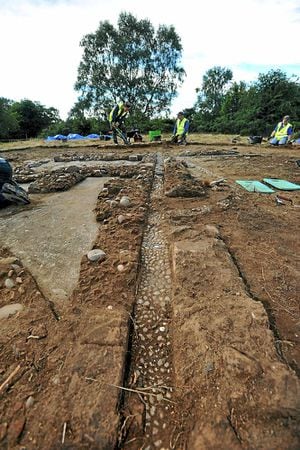
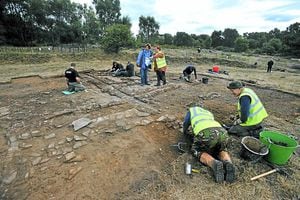
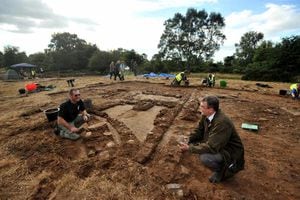
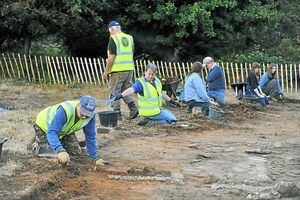

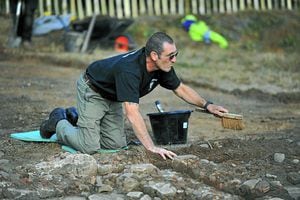
"Half a million men where based here in World War I. The site tells the story of Cannock Chase's involvement in the war and although it will only be exposed for a matter of days, we will use that time to completely scan the entire area. The fact it has survived with such minimal damage is quite a rare thing in itself."
Excavation on the site is to be completed by the end of September and it will be covered over again the following month.


